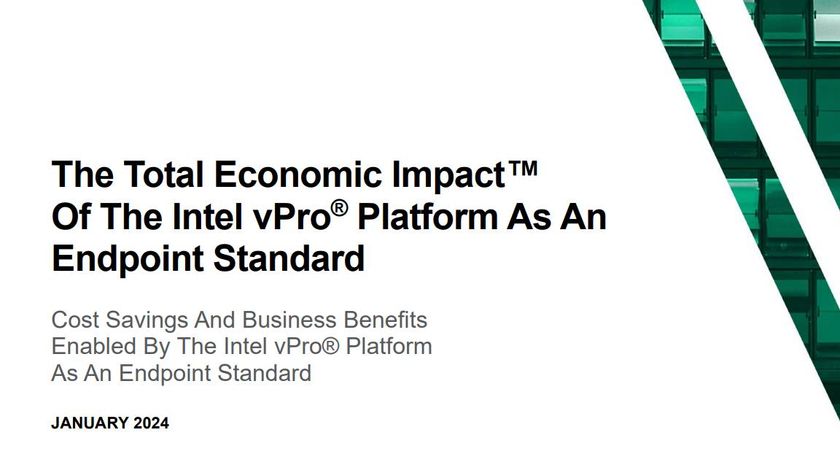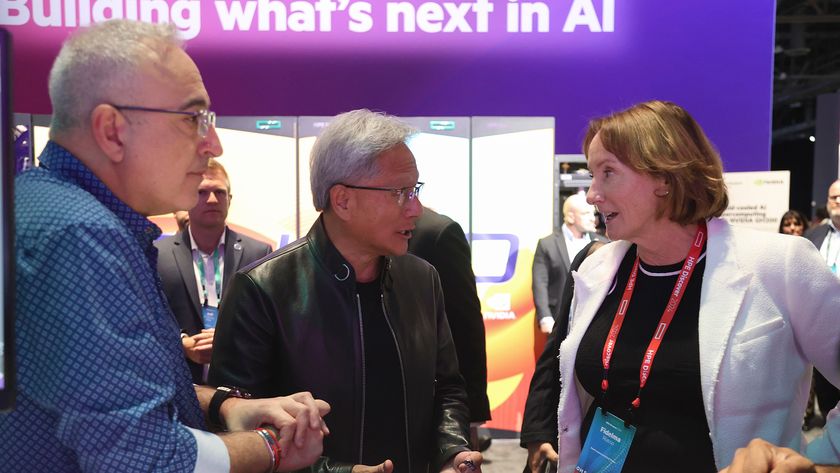Taking Symbian open source
Nokia's purchase of Symbian, and promise to take it open source, means three quarters of the world's smartphones could soon be running free software.
This is what Nokia hopes to replicate. Symbian is the market leader, and was developed specifically for the kind of devices that Nokia and its partners in The Symbian Foundation manufacture and sell. It has many advantages over Linux, which is the precocious upstart in this market, and for this reason, the first reaction of many to the news that Symbian was to be open sourced has been to assume that there might be a slowdown in the uptake of Linux on smartphones.
This is possible but may not happen for a number of reasons. Linux has some powerful allies in the mobile phone market. More importantly, it has an existing infrastructure of developers who have proved themselves willing to devote their resources to Linux.
Symbian has a large commercial infrastructure, and a large body of supporters amongst the manufacturers, many of whom, including Nokia, also produce Linux-based devices. Building a wider community of developers may prove to be a more difficult task, and this is important because, if Symbian is to put a brake on the impetus of Linux in the smartphone market, it has to develop at a faster rate, and show itself not just to be equal to, but better than, Linux. Linux brings with it a rapidly expanding suite of tools and software that were developed specifically to run on Linux, but Symbian has a longer history in this market, and tools that are more familiar to the market.
More contentiously, Nokia may need to be "educated" as to the prevalent attitude of free and open source software developers towards the imposition of "DRM, IPR, SIM locks and subsidised business models" on their software, as this is an important element in the philosophy that drives many open source developers. DRM is a no-go area for many developers, and "IPR" is a concept that is poorly understood in many sectors of industry.
On another level, competition for dominance of the smartphone market between two "open source" operating systems can only be a good thing for Linux, for Symbian and for the free software community.
"The opportunity for garnering innovation increases as you open up the platform," notes Rivas, "and you can't discount the effect that royalties have on the competitiveness of the platform, and how people consider whether or not to use a particular platform. Certainly we hope that this move makes Symbian S60 that much more competitive."
A changing industry
Get the ITPro. daily newsletter
Sign up today and you will receive a free copy of our Focus Report 2025 - the leading guidance on AI, cybersecurity and other IT challenges as per 700+ senior executives
Symbian is being released under the Eclipse Public License (EPL), a licence which is approved by the Free Software Foundation, but is not compatible with the GNU General Public License (GPL), which is a pity as it may impede some cross-platform developments. However, the the choice of the EPL is seen as a positive choice.
"There are two issues here for us," says Rivas. "We wanted a license that was respected and understood by the open source community. We didn't want to devise a new open source licence simply to handle what we were doing. The specific choice of the EPL has everything to do with the form of copyright that is utilised in the EPL. We felt it was important that there was some kind of requirement to share modifications to the underlying source code, as this is about building a community around software that is going to be made available to others. We also felt that it was important that the software should be able to sit alongside other software, so developers need not fear that their application would not automatically become an open source application. The Eclipse licence satisfies both of those goals, and that's why we chose it."
Nokia has shown some commitment to open source development in other areas of its business, having recently purchased Trolltech, the company that produces qt, the graphical toolkit which is a fundamental part of the KDE desktop environment on Linux, and also produces specialised software for the mobile phone market. Nokia also funds maemo.org, a developer community based around Debian GNU/Linux, which produces software for Nokia's N800 series of tablet devices.
Although Symbian currently has more than 60 per cent of the smart phone market, and Linux only has a 12 per cent share, the decision to release Symbian to the open source community is an acknowledgement that realities in the software development industry are changing, and that Linux is beginning to challenge the assumptions of the mobile device manufacturers.
"We're watching the industry change," says Rivas. "Business models are changing along with it, and this feels very much like the right approach to deal with the change, and capture as much innovation as possible. Open source business models and software development are changing the software development industry right in front of us, and it's important to be in a position to ensure that if someone wants to participate in innovating on a platform they can easily do it."
Open sourcing Symbian and giving it away free may have been the only option if Nokia was to ensure the continued development of its primary operating system.

















